How is your summer going? I’ve been spending a lot of time outdoors.
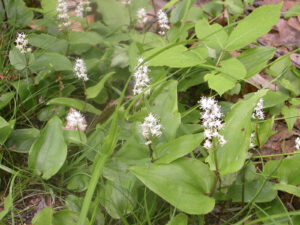
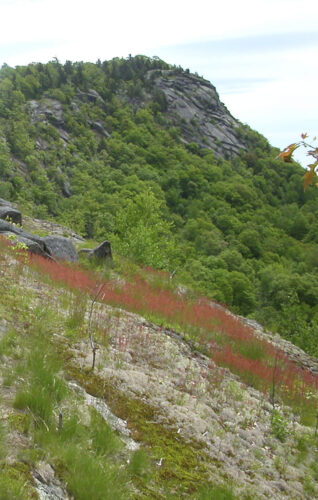
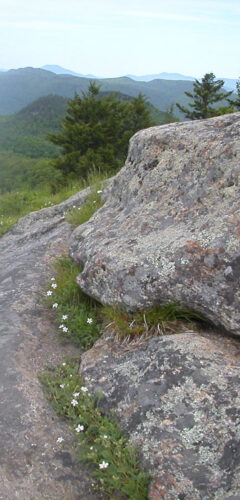
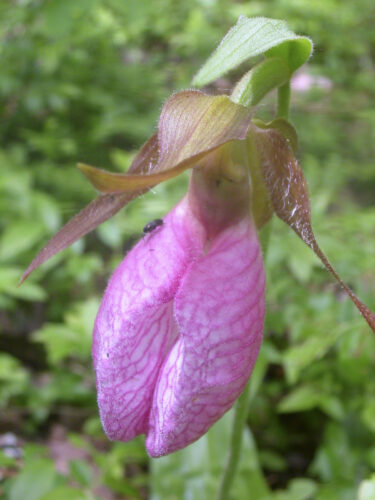
One of the things I like about traditional Irish spirituality is the use of riddles to impart wisdom.
I’ve been musing on how a “year” can be a period of time, and not necessarily a complete revolution of the earth around the sun. It can be a period of time, say a period that starts in one year, continues for the whole next year, and completes in the following year.
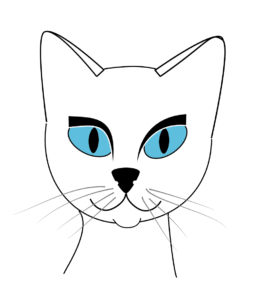
Al Stewart’s song “The Year of the Cat” is like that. You get the feeling that he’s not talking about an exact year–it could even be two or three years. In this song, the year is a place to visit. Not home, but a new and different experience that isn’t “you,” but that you would cherish. It’s about going into the mystery of uncharted experience, and metaphysical time is different from earth time, usually longer.
When I got notice that I had to leave my old apartment in 2022, I kept seeing cat signs everywhere. I saw a bobcat dead in the road, and I ran across the scent of bobcat in the woods. (They really stink!) On one hike to a secluded canoe launch on Lake Champlain, I heard that song, coming from a boat on the lake. I though, wow, the cat is coming into my life strongly. I meditated a lot on what a cat meant to me at that juncture, when I needed to move and didn’t know where I was going. The Year of the Cat seemed like a journey into the unknowable.
Last week, on two trails, I ran across lots of bobcat tracks. They brought to my mind the song. I wrote in Divining with Animal Guides about how an image in popular culture cat be a sign from an animal, but in this case, the animal sign made me think of the song.
I’ve decided that I’m living in a place, now, where I cannot stay for a very long time, as I did before. This is a sojourn, not a homecoming. And that’s okay.
Here’s an odd bit of trivia about my life in the context of this song. I’m hardly a world traveler, and I haven’t left the North American continent since 1978, but I have been to Morocco! It was an unforgettable experience I wouldn’t have missed.
I was in such a situation several days ago on the way to a place called Lester Flow. Second growth forest. Good level path, but no trail signs or even markers. No ponds, no hills, no streams, no meadows, no views, no curves, no people. Almost no sound; it’s the end of summer and the birds are molting. I didn’t succumb to the insanity, but after about twenty minutes I recognized the signs. I have this idea that if I understand what’s happening, I can maintain equilibrium.
I became hyper-aware of my surroundings. I took note of the species of trees, the downed branches, the fungi, the subtle rock patterns on the path. I tuned into the remote murmur of a plane far overhead, and the buzzing of dragonflies, and the Black-Capped Chickadees that never completely calm down. Once I heard a Pileated Woodpecker. In this way, I remained conscious of going somewhere, as opposed to merely getting tired. It helped that I’m a fairly fast hiker these days; I arrived at the Flow in less than an hour. I was rewarded with a pretty peaceful scene and a sense of privacy rather than isolation.
The way back was easy, because I memorized the landmarks, such as they were.
I asked myself later, if perhaps this madness that I have no word for – call it forest craze – has been occurring in my life, on a different level. I’ve been discouraged by lack of discernible change in various areas of my life, and while I can’t honestly say I’ve been in a bad place, I have often felt like there’s no opening in the trees.
I doubt I’m the only one who encounters this in their life. It’s not the same as spinning on a hamster wheel: I know I’ve covered some distance, and my sense of direction is good. Perhaps by tuning into subtle changes, a sense of movement can be restored. This is where consciously noticing signs, rather than waiting for them to ambush you, is important.
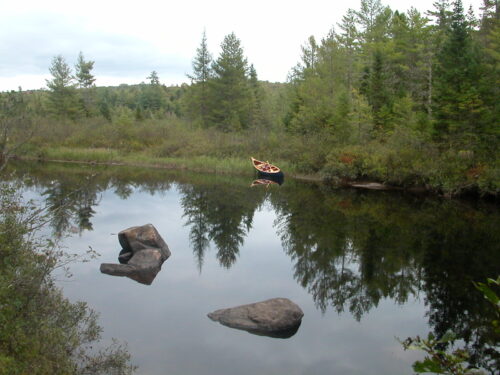
It’s been a great summer. I’ve been outside as much as possible. Winter coziness indoors will begin soon enough. I hiked today to Upper Sargent Pond, which I had to myself. For a variety of reasons, it’s not a popular place, though it is lovely.
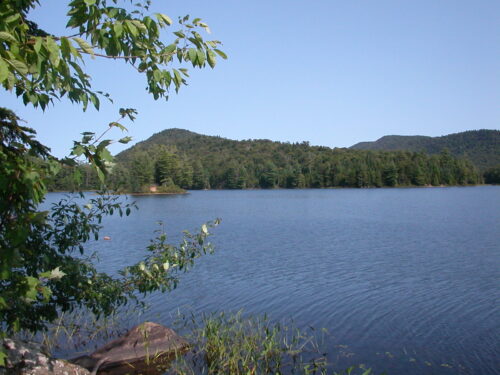
I’ve been translating classic Greek invocations lately. These are based on originals and my understanding of the deity. Here is an Orphic hymn to Hermes.
O Hermes, artful messenger: boisterous one laden with divine prophesy. You whisk into our cognizance dodging, feinting, finessing, contemporizing while bestowing counsel in your cryptic way. Wily advisor, with sharply honed insight pierce our misfortunes and smooth the way for prosperity and peace.